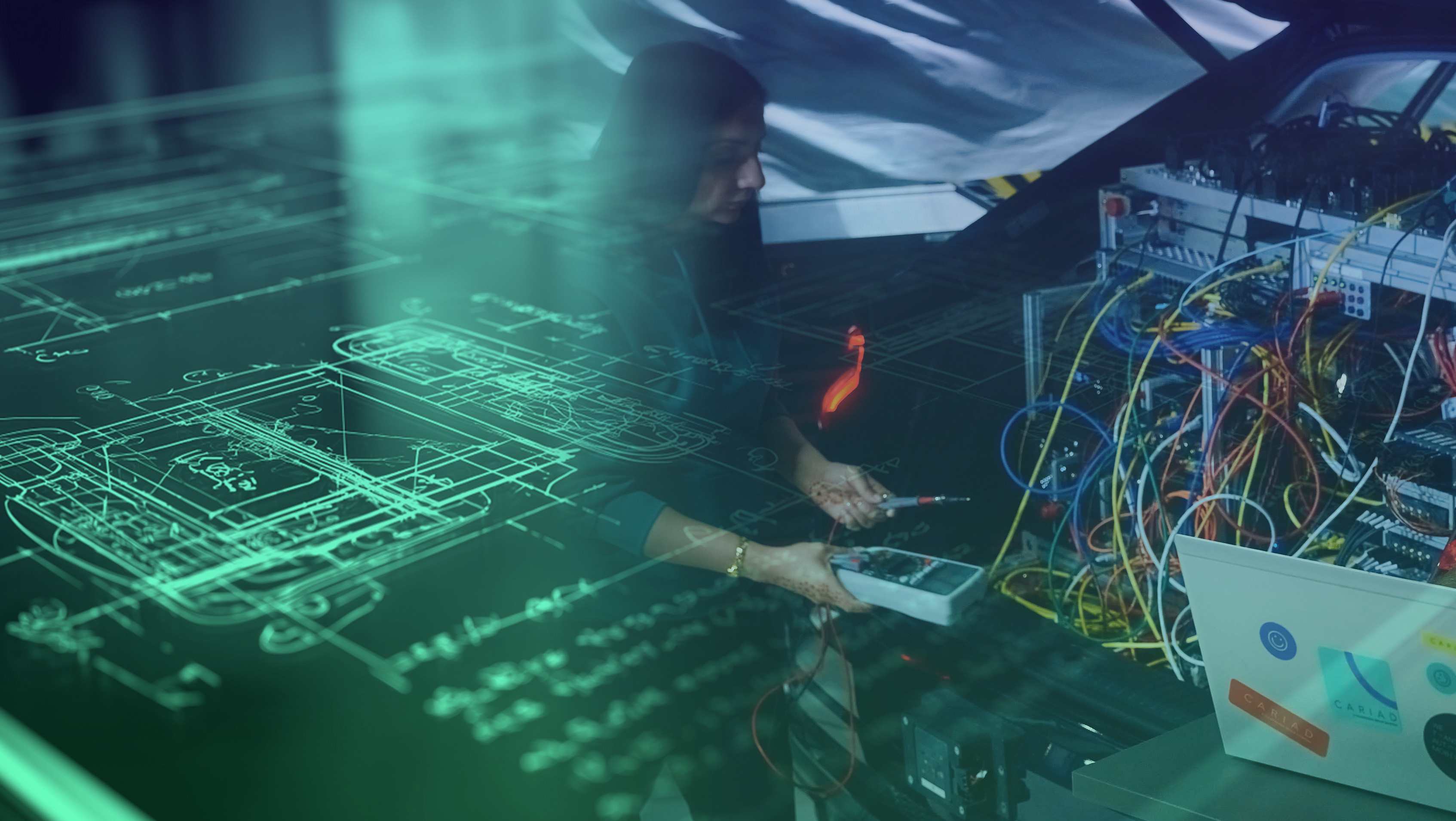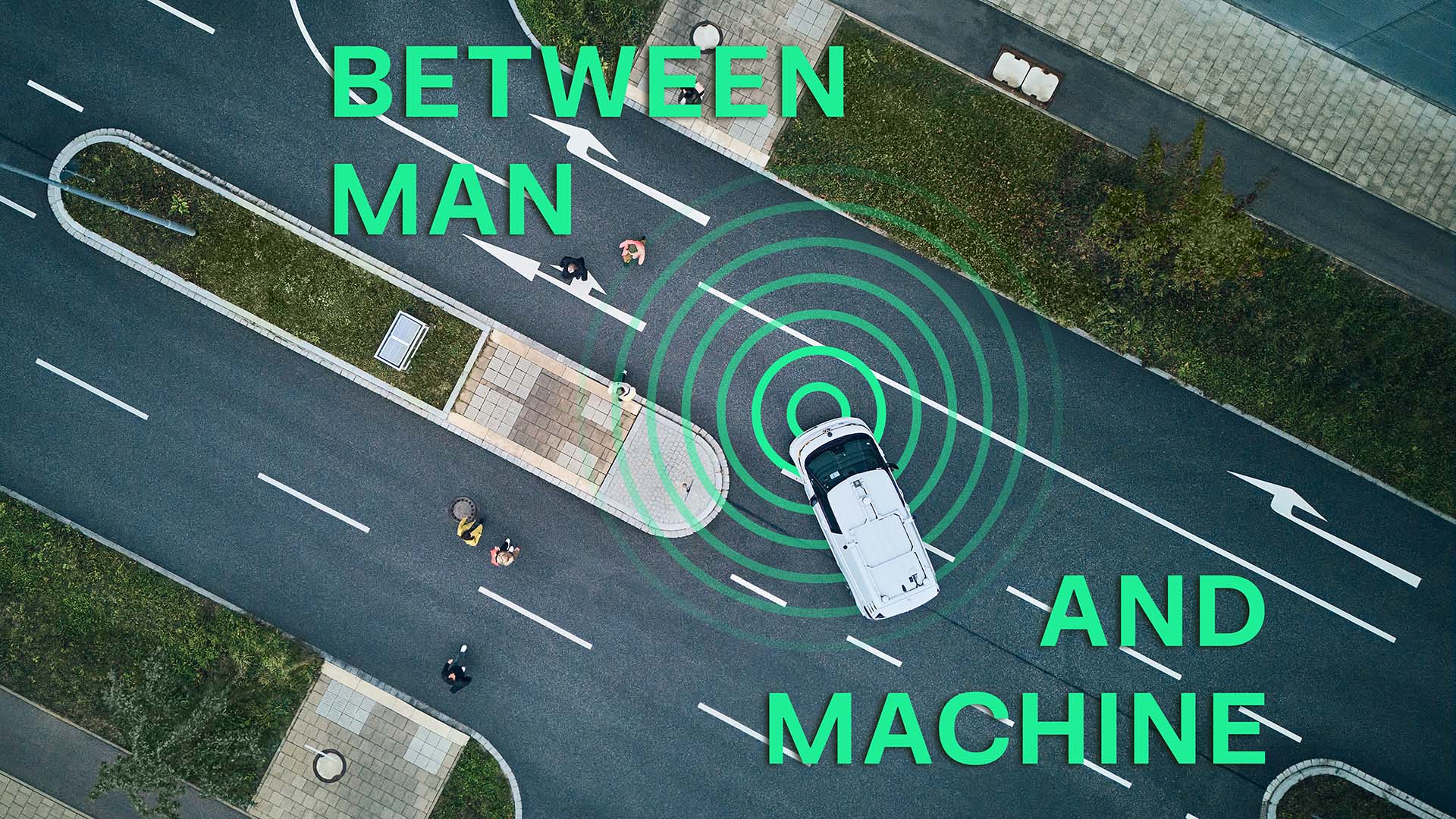Audi Q6 e-tron shines through with active digital light signature
Software-enabled: Audi and CARIAD turn rear lights into intelligent displays with the new active digital light signature. Read more about what software has to do with it.
With the Audi Q6 e-tron, the technology behind automotive lighting has leaped to a new level of innovation. Its matrix LED headlights and digital OLED rear lights don’t just shine – they are enhancing interaction with the car’s outside world. Supported by the software it runs on, the second-generation digital OLED technology has intelligently stretched the possibilities of design, communication, and road safety. The active digital light signature is a world first making its debut in the Audi Q6 e-tron. It makes an entirely new and vibrant impression, pointing the way to the future of Audi lighting technology. Let’s take a deeper look into the technology behind it.
What has software to do with light design?
In cars with traditional electronics architecture, the ‘intelligence’ of the light function is located on an electric control unit (ECU) in the rear light itself. This has changed in the Audi Q6 e-tron. The software module that makes the digital light signatures possible has been separated from the rear light and moved to one of the car’s domain controllers. This centralization of the components leading to a drastic reduction of control units is a core element of the electronic architecture E3 1.2 that will debut with the Audi Q6 e-tron.
Decoupling the software from the hardware makes it possible to control a significantly higher number of segments of the digital OLED panel. With this, the number of segments per digital OLED panel for the Audi Q6 e-tron has increased by a factor of ten compared to the first generation– from 6 to 60 – expanding the range of functions. A software module on one of the domain computers controls six OLED panels with 360 segments in total thanks to the new E³ electronic architecture. In other words, which of the 360 digital OLED segments in the rear light is activated, and for how many milliseconds, is part of a sophisticated algorithm. The steady increase in the number of segments per digital OLED panel will, in the future, make it possible to develop the rear of the car into a display that further improves car-to-X communication and road safety.
How do customers benefit?
The modularity is a notable advancement for customers from previous technology in terms of personalization, and more importantly, safety. Customers are offered up to eight digital light signatures for the new generation of digital daytime running lights in the Matrix LED headlights and digital OLED rear lights 2.0. As with the advanced traffic information system in the A8, which warns road users of accidents or hazards via the digitalized headlights, the communication light in the rear combination lights with digital OLED uses data from the swarm. In addition, second-generation digital OLED rear lights activate the communication light with warning symbols for emergency assist, RECAS (rear-end collision alert signal), hazard warning lights, emergency calls (eCall), roadside assistance calls (bCall), and emergency brake lights. This improves road safety.
And all this is just the beginning: As technology continues to swiftly evolve, the number of segments per OLED panel will also increase. Embedding software into design will open up new opportunities for how digital lighting technologies can create added value for customers, both in terms of safety and design.
Glossary/Footnotes
Digital OLED – OLED short for Organic Light-emitting Diode, is a semiconductor-based surface light source. Their brightness is adjustable, and their shape can be configured freely and divided precisely into switchable segments.
Domain controller – With the E3 1.2 CARIAD significantly reduce the number of ECUs in the car. The end-to-end architecture consists of domain controllers for areas like the powertrain, automated driving functions, infotainment, gateway and body.




